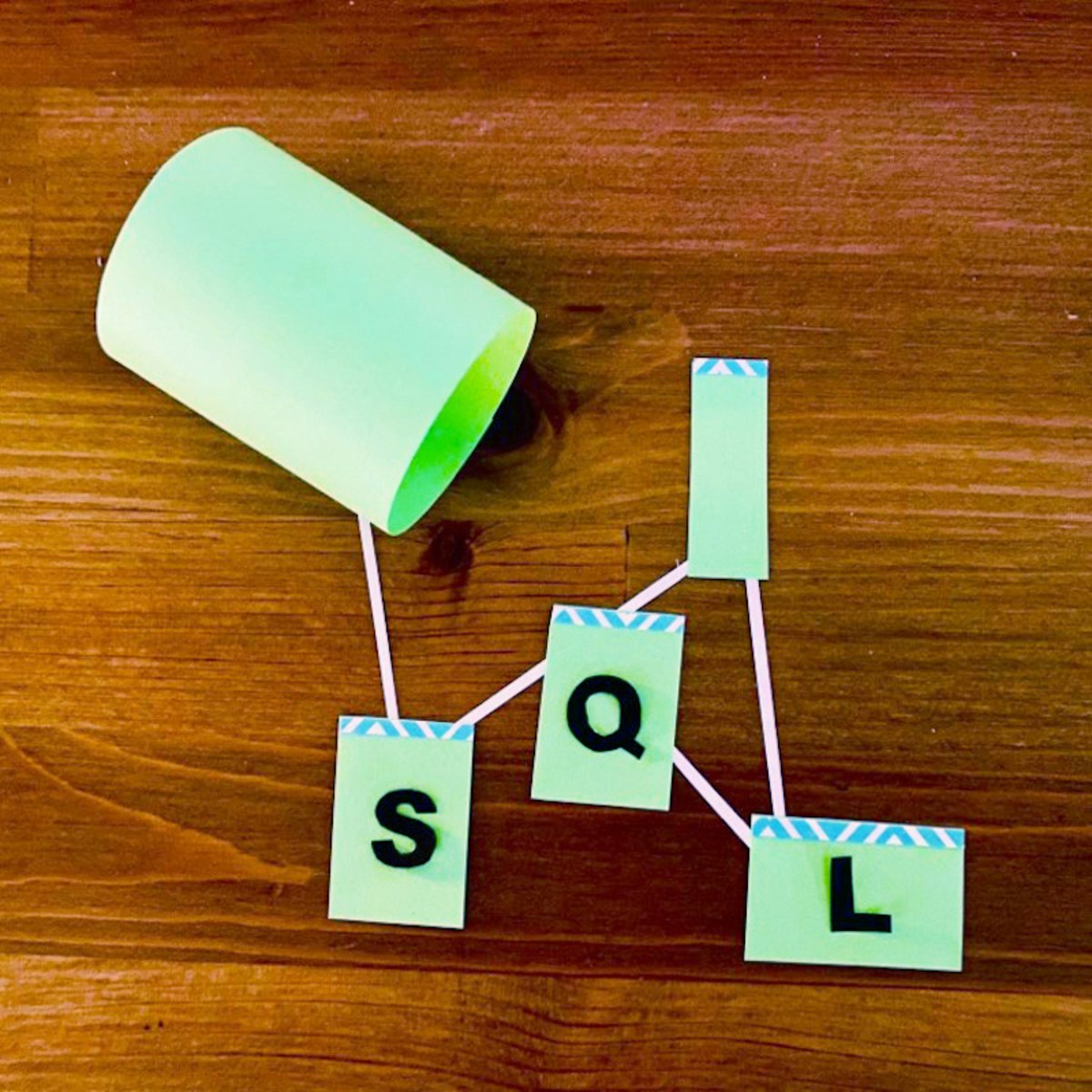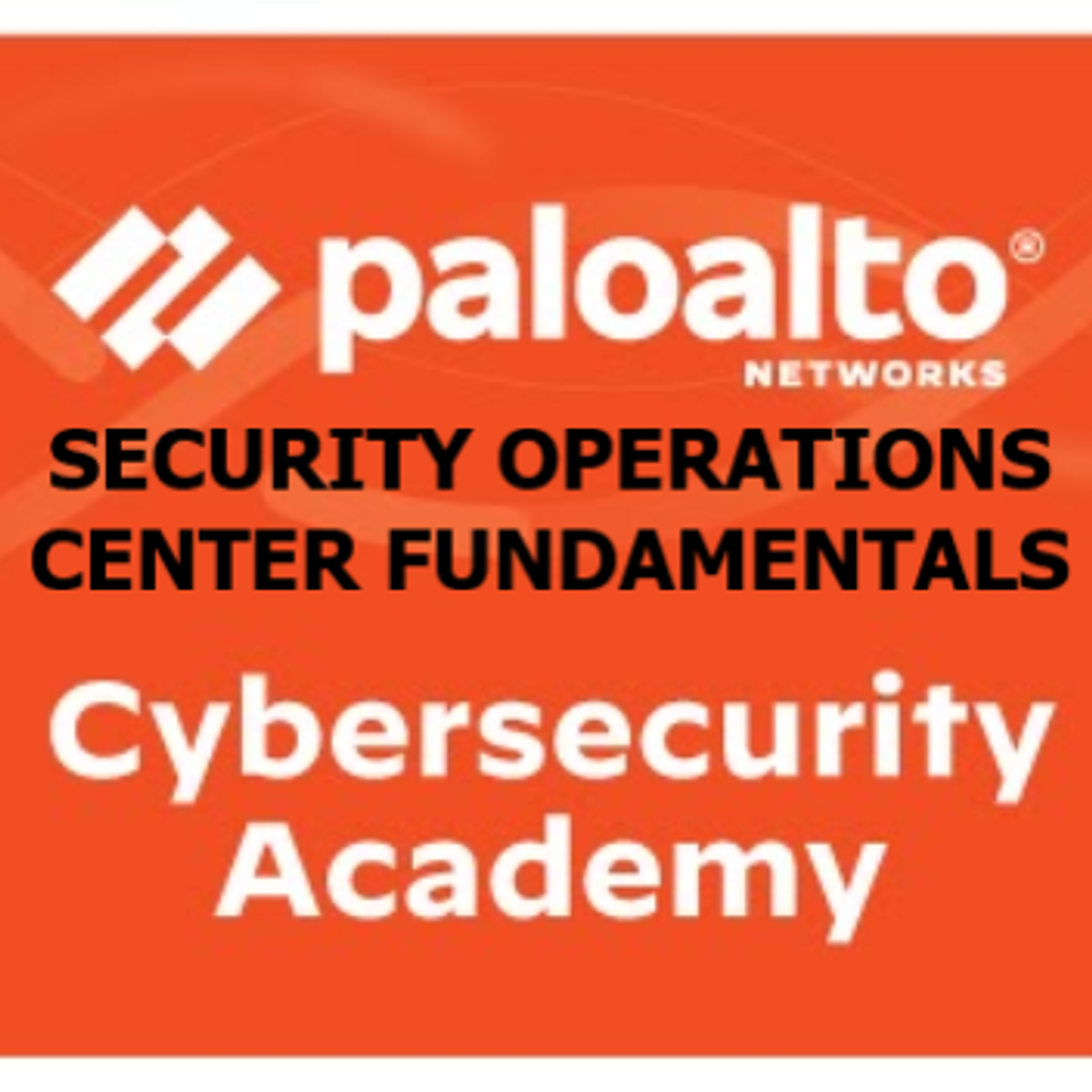Back to Courses









Computer Science Courses - Page 228
Showing results 2271-2280 of 2309

Visual Perception
The ultimate goal of a computer vision system is to generate a detailed symbolic description of each image shown. This course focuses on the all-important problem of perception.
We first describe the problem of tracking objects in complex scenes. We look at two key challenges in this context. The first is the separation of an image into object and background using a technique called change detection. The second is the tracking of one or more objects in a video. Next, we examine the problem of segmenting an image into meaningful regions. In particular, we take a bottom-up approach where pixels with similar attributes are grouped together to obtain a region.
Finally, we tackle the problem of object recognition. We describe two approaches to the problem. The first directly recognize an object and its pose using the appearance of the object. This method is based on the concept of dimension reduction, which is achieved using principal component analysis. The second approach is to use a neural network to solve the recognition problem as one of learning a mapping from the input (image) to the output (object class, object identity, activity, etc.). We describe how a neural network is constructed and how it is trained using the backpropagation algorithm.

Securing and Integrating Components of your Application
In this course, application developers learn how to design and develop cloud-native applications that seamlessly integrate managed services from Google Cloud. Through a combination of presentations, demos, and hands-on labs, participants learn how to develop more secure applications, implement federated identity management, and integrate application components by using messaging, event-driven processing, and API gateways.
Learners can choose to complete labs in their favorite language: Node.js, Java, or Python.
This is the second course of the Developing Applications with Google Cloud series. After completing this course, enroll in the App Deployment, Debugging, and Performance course.

Introduction to Docker : The Basics
Welcome to Introduction to Docker: The basics. You’re joining thousands of learners currently enrolled in the course. I'm excited to have you in the class and look forward to your contributions to the learning community.
To begin, I recommend taking a few minutes to explore the course site. Click Discussions to see forums where you can discuss the course material with fellow students taking the class.
If you have questions about course content, please post them in the forums to get help from others in the course community. For technical problems with the Coursera platform, visit the Learner Help Center.
Good luck as you get started, and I hope you enjoy the course!

Create Geometric Vector Patterns with Inkscape
By the end of this project, you will be able to build geometric designs in Inkscape. You’ll build beautiful and complex shapes that can be expanded, resized, and duplicated without losing image quality. You can use these patterns as backgrounds, parts of logos, and as a foundation for all kinds of digital uses.
To create your geometric designs, you will practice working with vector graphics tools in Inkscape, including object tools, the interpolate extension, and the transform panel.
To build these skills, you’ll start by creating a basic vector object, then add increasing levels of complexity to create a mesmerizing vector pattern in Inkscape.
Note: This course works best for learners who are based in the North America region. We’re currently working on providing the same experience in other regions.

Introduction to Relational Database and SQL
In this guided project, you will get hands-on experience working with a relational database using MySQL Workbench from Oracle. The basic knowledge you learn will allow you to work with any other relational database.
At the end of this project, you will be able to create a billing report and a club member roster.

Palo Alto Networks Security Operations Fundamentals
In this Security Operations Fundamentals course you will gain an understanding of Security Pperations (SecOps) and the role it plays in protecting our digital way of life, for businesses and customers. You will focus on continuous improvement processes to collect high-fidelity intelligence, contextual data, and automated prevention workflows that quickly identify and respond to fast-evolving threats. The course also demonstrates how to leverage automation to reduce strain on analysts and execute the Security Operation Center’s (SOC) mission to identify, investigate, and mitigate threats.

Java Programming: Arrays, Lists, and Structured Data
Build on the software engineering skills you learned in “Java Programming: Solving Problems with Software” by learning new data structures. Use these data structures to build more complex programs that use Java’s object-oriented features. At the end of the course you will write an encryption program and a program to break your encryption algorithm.
After completing this course, you will be able to:
1. Read and write data from/to files;
2. Solve problems involving data files;
3. Perform quantitative analyses of data (e.g., finding maximums, minimums, averages);
4. Store and manipulate data in an array or ArrayList;
5. Combine multiple classes to solve larger problems;
6. Use iterables and collections (including maps) in Java.

Excel/VBA for Creative Problem Solving, Part 1
"Excel/VBA for Creative Problem Solving, Part 1" is aimed at learners who are seeking to augment, expand, optimize, and increase the efficiency of their Excel spreadsheet skills by tapping into the powerful programming, automation, and customization capabilities available with Visual Basic for Applications (VBA).
This course is the first part of a three-part series and Specialization that focuses on the application of computing techniques in Excel/VBA to solve problems. In this course (Part 1), you will: 1) create macros to automate procedures in Excel; 2) define your own user-defined functions; 3) create basic subroutines to interface with the user; 4) learn the basic programming structures in VBA; and 5) automate Excel’s Goal Seek and Solver tools and use numerical techniques to create “live solutions” to solve targeting and optimization problems.
New to computer programming? The extremely intuitive and visual nature of VBA lends itself nicely to teaching and learning - what a fun way to learn to code! No prior knowledge in programming nor advanced math skills are necessary yet seasoned programmers will pick up new and creative spreadsheet problem solving strategies.
After you have learned the basics of VBA, each module will introduce foundational and broad problems inspired by situations that you might encounter in the real world. To pass each module, you'll need to pass a mastery quiz and complete a problem solving assignment. This course is unique in that the weekly assignments are completed in-application (i.e., on your own computer in Excel), providing you with valuable hands-on training.

Create Your First Game with Python
In this 2-hour long project-based course, you will learn the basics of game development with Python using the PyGame modules. Through hands on, practical experience, you will go through concepts like creating a game loop, image display and transformation, event handling, and writing game logic. You will then apply the concepts to create your first game with Python and PyGame.
This course is aimed at learners who are looking to get started with game development using Python, and have some prior programming experience in the Python programming language. The ideal learner has understanding of Python syntax, and computer programming concepts.
Note: This course works best for learners who are based in the North America region. We’re currently working on providing the same experience in other regions.

Concepts in SQL
By the end of this project, you will learn a number of different concepts with SQL programming. This course will enable you to take your beginner knowledge of SQL to the next level by incorporating different concepts into your queries. Thus, you will be able to develop more complex code and be able to solve more difficult problems. This course will provide students with the knowledge behind a variety of concepts in SQL such as views, triggers and events. This project will take students through a number of examples demonstrating SQL concepts based on a database. You will gain an understanding of these concepts from the in-depth examples provided.
